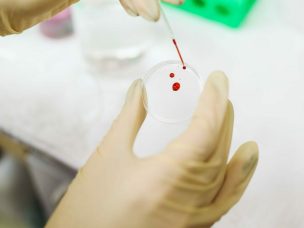Sickle cell disease (SCD) is a serious condition that disproportionately affects Black individuals, affecting 1 out of every 365 Black Americans. This hemoglobinopathy puts individuals at risk of developing pulmonary complications. Because of this fact, it is believed that SCD can increase the risk of COVID-19.
However, little research has been done to study the relationship between SCD and COVID-19. This study sought to investigate how COVID-19 affects people with SCD and address the disparities these individuals face in the context of socioeconomic status.
After analyzing data from a nationwide SCD registry, it was found that nearly 90% of patients with SCD who had confirmed cases of COVID-19 sought out emergency care, and 69% were hospitalized. These patients had a mean age of 28.6 years old. A total of 7% of them died. Of all the confirmed COVID-19 cases within the SCD registry, nearly 80% of these patients were Black.
Of note is the fact that COVID-19 deaths were not exclusive to severe cases of SCD or COVID-19. Of the reported deaths, 40% were among patients with milder SCD genotypes, and about 38% occurred among patients with mild or moderate COVID-19.
The implications of this study are twofold. First, SCD may increase the risk of COVID-19, including in younger patients. Second, it is important not to view the disparities faced by patients with SCD and COVID-19 in a vacuum. Patients with SCD often experience socioeconomic and healthcare access disparities, which can further worsen COVID-19 outcomes. It is critical, then, that patients with SCD are given prompt access to appropriate care, which could include providing transportation and subsidizing costs [1].
Source:
[1] Panepinto, J. A., Brandow, A., Mucalo, L., Yusuf, F., Singh, A., Taylor, B., Woods, K., Payne, A. B., Peacock, G., & Schieve, L. A. (2020). Coronavirus Disease among Persons with Sickle Cell Disease, United States, March 20–May 21, 2020. Emerging Infectious Diseases, 26(10), 2473–2476. https://doi.org/10.3201/eid2610.202792










